The Impact of Digital Data on Seismic Bulletins
D Storchak and R J Willemann
Poster presentation S12C-05 at AGU Fall 1999 Meeting
Abstract
Broad-band, high dynamic range
instruments have changed seismology.
|
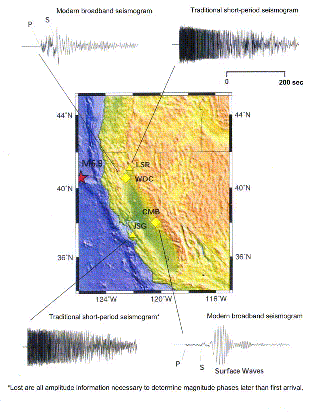
|
|
Part of the answer has been available for twenty years: the Harvard CMT catalogue shows that earthquake parameters other than those from high-freqeuncy onset picks can be usefully catalogued Part of the answer has been available for many years: the Harvard CMT catalogue shows that earthquake parameters other than those from high-freqeuncy onsets can be usefully cataloged. Other moment tensors are now computed routinely, e.g., by NEIC using Sipkin’s method and by ERI using Kawakatsu’s algorithm. NEIS has added other broad-band measurements to its global bulletin. Choy’s energy release, e.g., is now available in sufficient numbers for statistical comparison of different tectonic settings. |
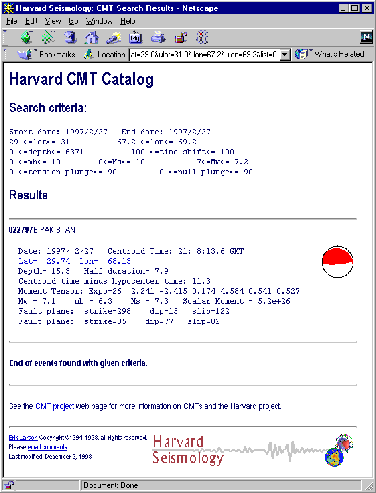
|
Hypocentre LocationsOne seismological issue to be addressed is earthquake locations. Continuity is important, but several factors suggest that it is now time to implement changes:
|
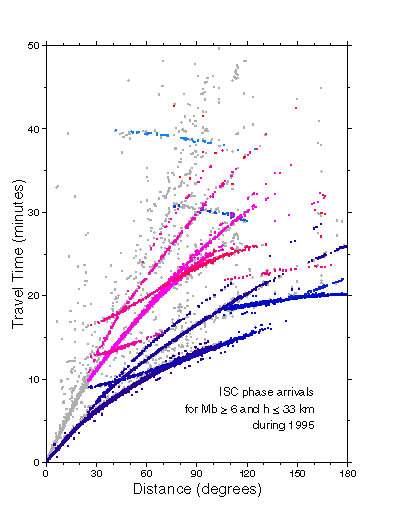
|
|
Important considerations in changing location procedures include
|
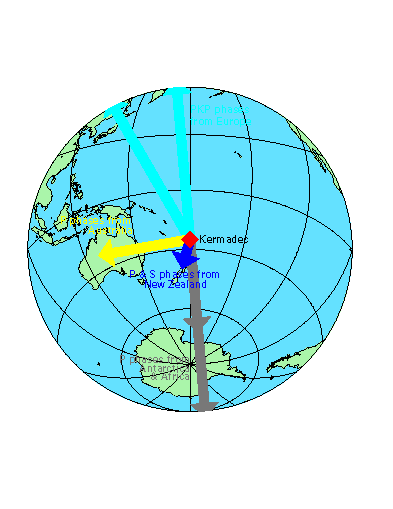
|
Setting PrioritiesThe Bulletin has been useful to a wide range of seismologists, and efforts are sometimes expended to improve utility for one purpose with little effect on the others. In changes during the next several years, should priority be placed on
|
|
Earthquake PhysicsShould ISC compute further earthquake parameters? Possibilities include:
|
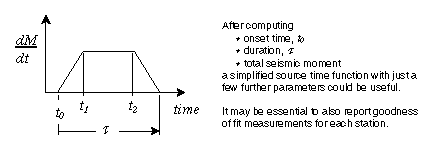
|
Earthquake HazardShould the ISC engage in an ongoing effort to carry forward the intentions of GSHAP?
|
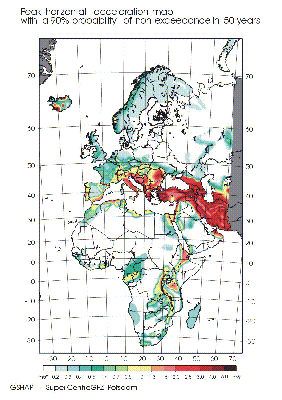
|
Earth Structure StudiesShould ISC make waveform measurements specifically for improving earth structure? Such measurements might include
|
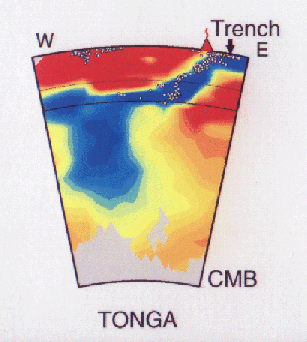
|
Earthquake Sequence ProceduresShould ISC carry out special procedures for selected earthquake sequences?
|

|
Waveform MeasurementsShould ISC make waveform measurements (or encourage station operators to undertake new standardised measurements) that seem potentially useful for many purposes, e.g.,
|
|
ConclusionSeismology is being done in new ways. Some new work requires inversion from waveforms. But even some of the most advanced work can be formulated as a measurement, followed by inversion for source parameters from the measurements. Advances using measurments can be applied sooner and more widely if new standard measures are adopted and shared by seismologists. That is, fundamental changes in the content of the Bulletin will benefit seismology. The ISC intends to pursue these advances by seeking
|
|
|
In the real world, the ISC cannot implement everything that it might do all at once. Vote here for your favourite idea of what the ISC should do if it had the use of one extra person for one year: |
|
|
A) Integrate readings from PASSCAL experiments and other temporary deployments with ISC data. |
_ |
|
B) Add aftershock catalogues and other relative location studies into ISC products. |
_ |
|
C) Integrate historical seismicity catalogues and macroseismic information into a global database. |
_ |
|
D) Develop a program to retrieve waveform segments for automated picks of later phases. |
_ |
|
E) Start computing higher-order moment tensors and other experimental source parameters. |
_ |
|
F) Make a "really cool" web site with virtual-reality for viewing 3-D, time-dependent seismicity. |
_ |

